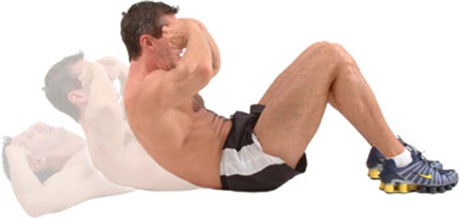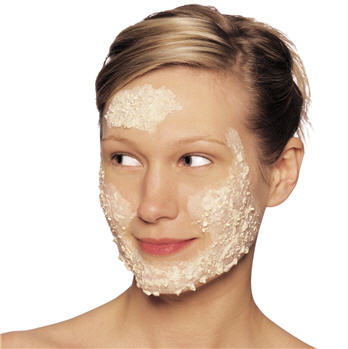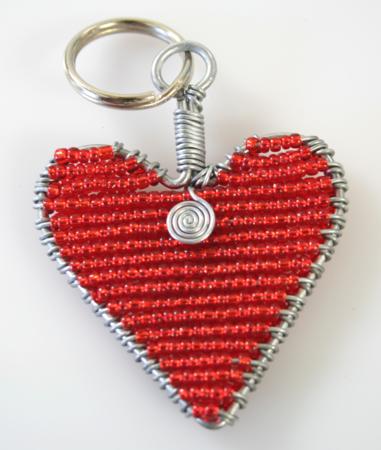There is nothing anyone appreciates more than a beautifully chiseled figure with great abbs strutting around on the beach in summer! One of the first things we usually notice is a nice flat stomach, but thats not all they are there for. By having strong abbs we are helping our posture, as well as our ability to perform at our best while training or doing sport, and also last but not least the long term health of our surrounding muscles. By having a great posture we can go a long way in preventing other muscular conditions originating from bad postural alignment.
We spend a lot of time trying new machines, fancy equipment and funny techniques to give us that perfect result but does it really beat the old fashioned sit-up?
Graham Bentz Biokineticist & Sport Scientist SA Rugby Junior Teams Conditioning Coach Hamiltons Rugby Club Conditioning Coach
I chatted to Graham Bentz, (Biokineticist & Sport Scientist as well as SA Rugby Junior Teams Conditioning Coach and Hamiltons Rugby Club Conditioning Coach) to help us get to the bottom, or rather middle of this!
CORE STRENGTH
Basic Core anatomy and steps to follow in order to perform the sit up safely and correctly
The picture illustrates the basic abdominal anatomy. It is important to understand the functionality of the core area in order to build a strong and stable core.
What is core stability?
Core stability relates to the bodily region bounded by the abdominal wall, the pelvis, the lower back and the diaphragm and its ability to stabilise the body during movement.
Learning how to perform the perfect sit-up is not difficult, and you don’t need anything to get it right except your body and the floor. Don’t believe any of the hype or gimmicks you see on TV or the Internet. The best way to do a sit-up is the good old fashioned way: lying flat on the floor with your knees bent and arms crossed in front of you.
Although crunch machines and exercise balls are popular, research has shown that a basic sit-up is most effective for a flat stomach when it is done properly without help from other equipment.
Steps to Doing the Perfect Sit-Up
1 – Lie flat on your back with your knees bent.
2 – Feet should be flat on the floor and kept near your buttocks, so that your legs are at a 90-degree angle.
3 – Cross your arms in front of your body, making an X by placing each hand on the opposite shoulder.
4 – Relax your body and consciously tighten up your abdominal muscles. To do this, you have to suck your belly button backward, toward your spine and push your lower back until it is flat against the floor.
5 – As you begin the sit-up, start by gently elevating your head and shoulders, then raising the top of your back and finally lifting your lower back until you are sitting straight up. Exhale your breath during this part of the sit-up.
6 – Keep your torso as straight as possible – at a 45-degree angle with your legs. Hold this position for a moment or two before you begin your descent.
7 – As you descend, slowly return yourself back to the floor, starting with your lower back, then your upper back, and finally your shoulders and head. Inhale your breath as you lower yourself into your starting position.
8 – Complete your inhale and relax your body for a moment before repeating the exercise for the planned number of repetitions.
Things to remember while performing the perfect sit-up
Stay focused on your abdominal muscles throughout the entire exercise, and use these muscles to perform the work.
Don’t forget to breathe! Breathe out on the way up, and breathe in on the way down.
Begin slowly and add on to your repetitions gradually as your strength increases.
Always warm up before and stretch when you have finished exercising.
Things to avoid while performing the perfect sit-up
If you feel any pain at all, especially in your neck or back, stop doing the exercise immediately and take a break.
When in the top position of your sit-up, don’t lean forward toward your knees. Keep your back as straight as possible and your abs nice and tight as you hold this posture for a couple of seconds.
Don’t overdo it. You use your abs in many everyday activities, so if you strain this muscle group, it can negatively affect the most common of tasks.
Consult a specialist before entering an exercise program.
keep an eye on the www.thejogblog.co.za we will soon be posting a fantastic abbs-workout to get you beach ready and sport fit!
follow us on twitter @thejogblog for more training tips!
 a
a







After study a few of the blog posts on your website now, and I truly like your way of blogging. I bookmarked it to my bookmark website list and will be checking back soon. Pls check out my web site as well and let me know what you think.
Hello, just want to tell you that your blog content is interesting, but you must improve site’s graphics
I need the latest type of your web page,it seems excellent! This web site rocks !. Freezing bookmarked it and looking forward with a new posts
It is a great resource. Ill visit again.
Continue on publishing top quality content along these lines.
Nice site, nice and easy for the eyes and great content too.
Worth it to read post.Thank You
I want help with this site, please can anybody try?
Wow! Thanks a ton! I always needed to publish at my website as well. Do i take aspect of your. post to my weblog?
Are you devoted to exchanging links?
It has made my day. I wish all psotnigs were this good.
Please, is it possible to PM me and diagnose few more acknowledges this, My business is really fan of your own blog??????
Awesome blog! Do you have any suggestions for aspiring writers? I’m planning to start my own blog soon but I’m a little lost on everything. Would you suggest starting with a free platform like WordPress or go for a paid option? There are so many options out there that I’m totally overwhelmed .. Any ideas? Many thanks!
Hello, I really liked this information, I hope you continue updating, Greetings
Wonderful as just stated! Regards;)
Hey, nice post, properly written. It is best to write another recommendation of this.
Considerably, the content article is truly the freshest within this worthy topic. I agree jointly with your conclusions and may certainly thirstily will enjoy your forthcoming updates.
Valuable information and excellent design you have here! I must we appreciate sharing your thoughts and time towards the things post!! Thumbs up
Write more, thats all I have to say. Literally, it seems as though you relied on the video to make your point. You obviously know what youre talking about, why throw away your intelligence on just posting videos to your blog when you could be giving us something informative to read?
It is best to do a tournament firstly of the most effective blogs on line. I’m able to suggest this amazing site!
Thank you for publishing this. This resolved many doubts which i had.
Great blog here! Also your website loads up very fast! What web host are you using? Can I get your affiliate link to your host? I wish my web site loaded up as quickly as yours lol
I am continuously browsing online for tips that can help me. Thanks!
Im currently using WordPress for many of my websites but wanting to alter one of them around towards platform like yours for a trial run.
Hi, Thanks a lot for this nice posting! I will bookmark HOW TO DO THE PERFECT SIT-UP | The Jog Blog. Many thanks.
HOW TO DO THE PERFECT SIT-UP – http://t.co/pWylexBH9Q